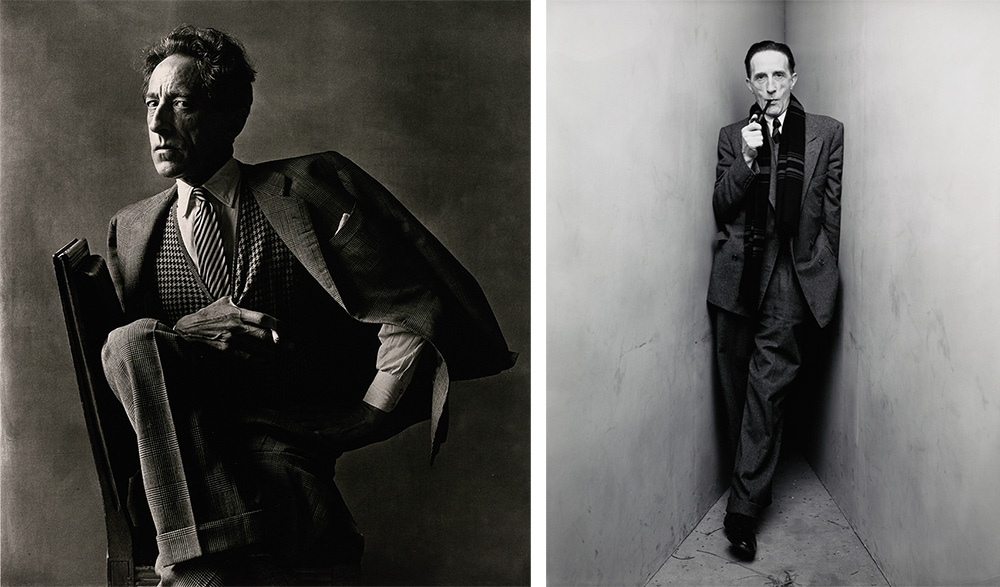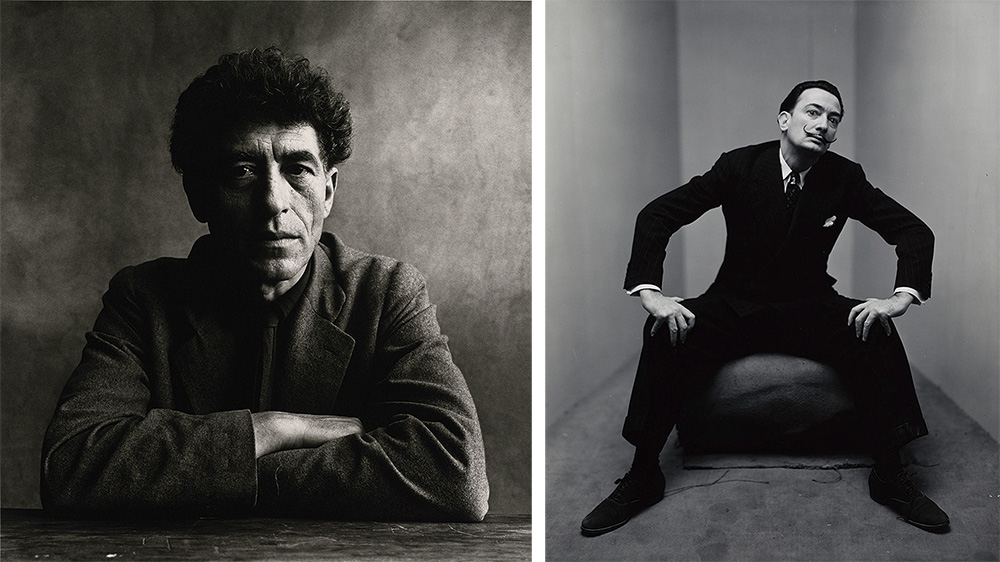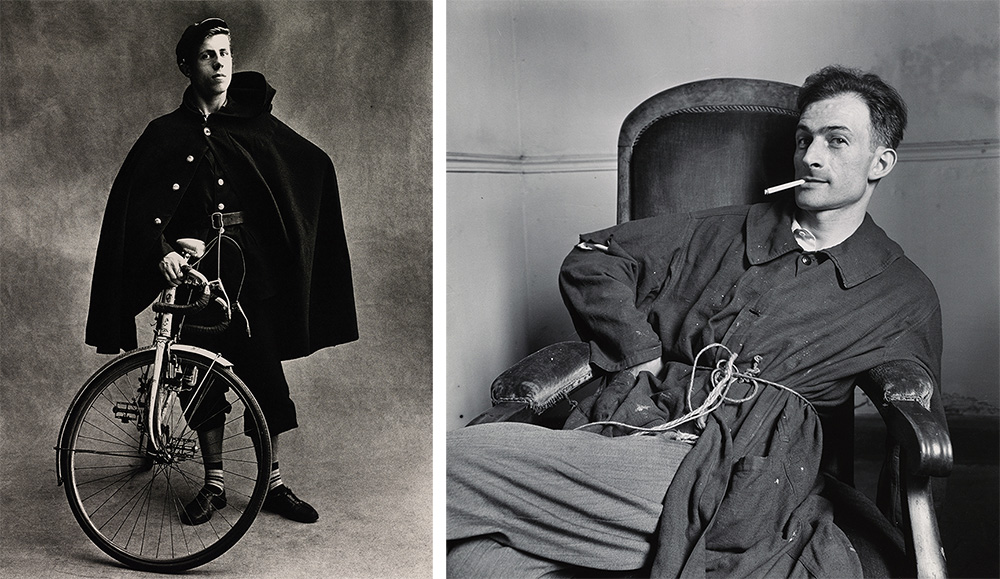PHOTO:Irving Penn-The Flavour Of France
 Irving Penn was one of the most important and influential photographers of the 20th Century. In a career that spanned almost 70years, Irving Penn worked on professional and art projects across multiple genres. He was a master printer of both black-and-white and color photography and published more than 9 books of his photographs and two of his drawings during his lifetime.
Irving Penn was one of the most important and influential photographers of the 20th Century. In a career that spanned almost 70years, Irving Penn worked on professional and art projects across multiple genres. He was a master printer of both black-and-white and color photography and published more than 9 books of his photographs and two of his drawings during his lifetime.
By Dimitris Lempesis
Photo: Galerie Thaddaeus Ropac Archive
Titled after a photographic essay published by Irving Penn in 1960, the exhibition “The Flavour Of France” focuses on three different bodies of his work: “Nudes”, “Small Trades” and Artist portraits. Dating from the period 1947–1950, each reflects in its own way the close relationship Irving Penn maintained with France throughout his life, by contact with artists, frequent visits and by their idealised redolence. In 1947, Irving Penn began setting portraits in a small corner space made of two studio flats pushed together. As Irving Penn said, “A very rich series of pictures resulted. This confinement surprisingly seemed to comfort people, soothing them. The walls were a surface to lean on or push against”. Some, like Marcel Duchamp, would play with the device; others would stick to the instructions. With “Portraits” (1947-1950): Irving Penn gained international fame from his psychologically intense and elegantly composed portraits. Commissioned by Vogue’s art director Alexander Liberman, the works strike by their graphic simplicity and immediate impact. Penn coupled this psychoanalytic-like method with the use of a spare background to unveil the personality of the sitters and foreclose narrative readings of their pose. Now considered a key aspect of his artistic work, “Nudes” (1949-50) remained largely unseen and unpublished until 1980, when exhibited at Marlborough Gallery in New York. While working at Vogue Irving Penn initiated the personal project of photographing the female body in a pioneering way. Freed from commercial expectations, he started a series of sessions to photograph nudes in his own private studio. Irving Penn photographed lean models in twisting poses. Stepping away from fashion standards he then photographed curvy women, who feature in most of the final printed images. While printing the nudes, Irving Penn used an experimental process to create ethereal images that blur fine detail and flatten the undulating curves into almost abstract planes of light and shadow. In late July 1950, Irving Penn returned to Paris to photograph the couture collections for Vogue with the idea of starting “Small Trades” (1950) a new series dedicated to tradesmen. Equally influenced by Eugène Atget’s portraits and the socially engaged work of Walker Evans, he developed his own vision. Instead of the vernacular setting of the street he chose to isolate the subject in a studio Vogue rented for him in the rue de Vaugirard in Paris. The workers would pose with their tools in front of the camera in the neutral space of the studio, which provided a sense of timelessness to their portrait.
Info: Galerie Thaddaeus Ropac, 7 rue Debelleyme, Paris, Duration: 19/10/17-6/1/18, Tue-Sat 10:00-19:00, www.ropac.net



